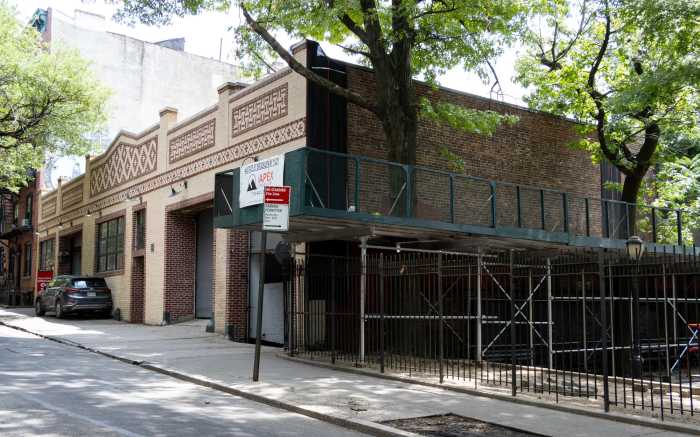While many Brooklynites have spent the past two weeks complaining that the Empire State Development Corporation ruined everyone’s vacations by releasing its 2,000-page Atlantic Yards draft environmental impact statement during the summer, some people have actually rolled up their sleeves and started analyzing the flawed document.
One such analysis shows that the state’s DEIS grossly under-represents millions of square feet of development already built in and around the Atlantic Yards project site and ignores tens of millions more square feet of development that’s in the pipeline.
The grand total? According to Brian Ketcham, whose Community Consulting Services has been studying DEISes for 20 years, there will be 50 million square feet of new development in and around Downtown Brooklyn between now and 2025. But only 23 percent of that growth is included in the DEIS.
As Ketcham shows, the ESDC document ignored 14 sites that already exist — such as large buildings at 9 Metrotech and 330 Jay St., plus the new Federal Courthouse — and also ignored another 13 projects that are already approved, under-construction or nearly completed, such as the Marriott hotel’s expansion, the renovation of 110 Livingston St., two large New York City College of Technology projects, and two large residential towers being built near Flatbush Avenue Extension and Gold Street.
Ketcham’s analysis shows that the state also blew off other large projects — including the Brooklyn Bridge Park waterfront development, the Empire Stores shopping mall in DUMBO, expansion of the Cruise Ship Terminal in Red Hook, Ikea’s Red Hook mega-store, the new Fairway (which is actually open), a Whole Foods supermarket in Gowanus, and upzonings of Fourth Avenue in Park Slope and the Greenpoint-Williamsburg waterfront.
So what’s the big deal? The main problem is that by low-balling the amount of new development, the DEIS starts with an assumption that the current situation in Brooklyn is better than it actually is.
It also means that the document has an easier time explaining away the impact of the 8.5-million-square-foot Atlantic Yards project.
But anyone who has tried to drive a car through, or ride a subway under, Downtown Brooklyn knows that the DEIS’s depiction of current conditions is too rosy.
“Their numbers simply don’t include thousands of car and subway trips, classrooms that are more crowded, energy that is already being consumed, infrastructure that is already being taxed,” Ketcham told us. “They claim to have more capacity than they really do.”
As a result, the DEIS makes it look as though the impact of Atlantic Yards can be easily mitigated. Thanks to people like Ketcham, we now know that is not necessarily true.
























